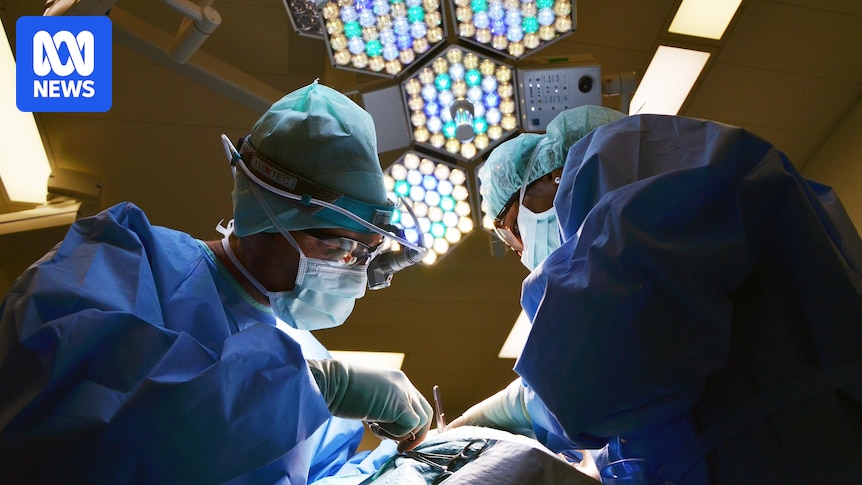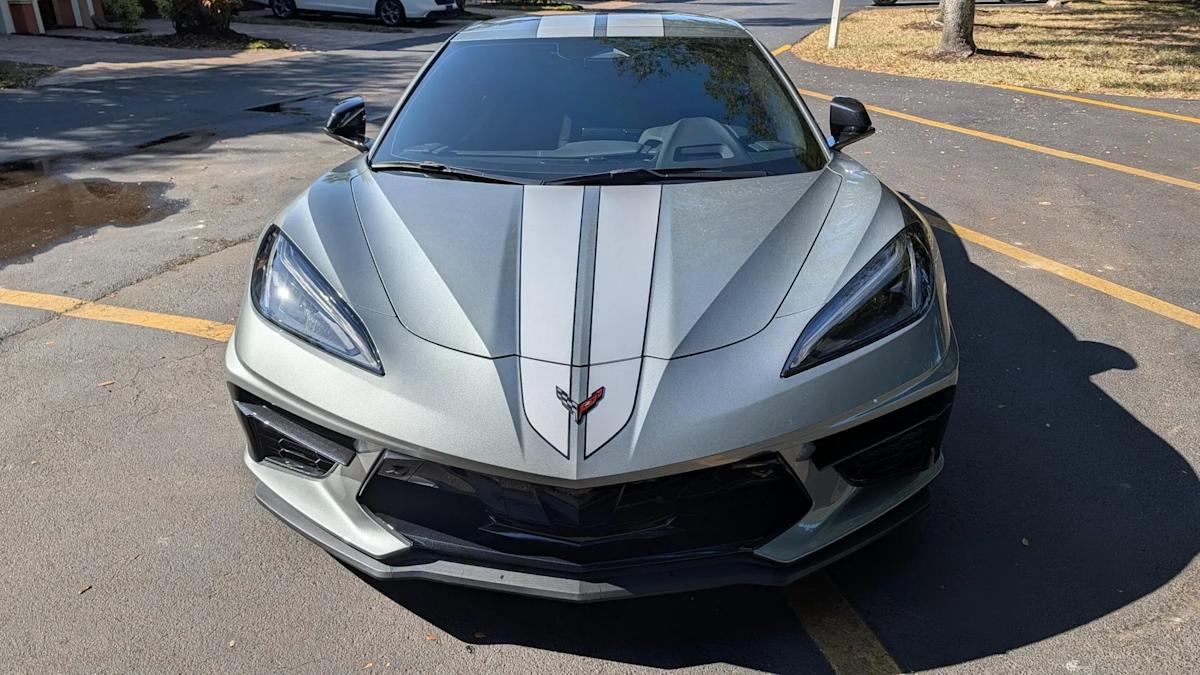Doctors are being forced to delay surgery for some patients who are on Ozempic-like drugs, which can pose a heightened risk of life-threatening consequences to patients when they are under anaesthetic.
As the use of glucagon-like peptide-1 (GLP-1)…

Doctors are being forced to delay surgery for some patients who are on Ozempic-like drugs, which can pose a heightened risk of life-threatening consequences to patients when they are under anaesthetic.
As the use of glucagon-like peptide-1 (GLP-1)…
RAWALPINDI: Security forces killed nine terrorists belonging to Indian proxy Fitna al-Khwarij in fire exchange during two separate intelligence-based operations in Khyber Pakhtunkhwa, according to the military’s media wing on Sunday.
In a…

Amanda Purcell (from left), owner Dan Purcell’s wife, Isaiah Smith and Matthew Utter play Magic: The Gathering at Thopter Academy, 14313 Northland Drive, which offers a variety of tabletop games.

A two-time AVCA Southeast All-Region First Team honoree, Stout finished the 2025 season with 345 kills, 457 assists,…

A freshly preowned 2024 Chevy Corvette Stingray drop-top just hammered for $70K at auction—with barely 5,000 miles on the clock. Talk about depreciation hitting these C8 models like a freight train.
Originally stickered just north of 97 grand,…

Ubisoft’s Jonathan Bedard says accessibility innovation matters more than trophies after Game Awards loss
Losing an industry award does not always feel…

Joe Skirkowski,Bristoland
Bea Swallow,Bristol
 Family handout
Family handoutA 12-year-old girl has raised more than £1,000 for a food bank charity after climbing the equivalent of the…

The Sony phone is powered by the Qualcomm Snapdragon 6 Gen 3, which is slightly faster than its predecessor but still delivers below-average performance for the price, especially compared to competitors such as the Poco F7. GPU performance is…